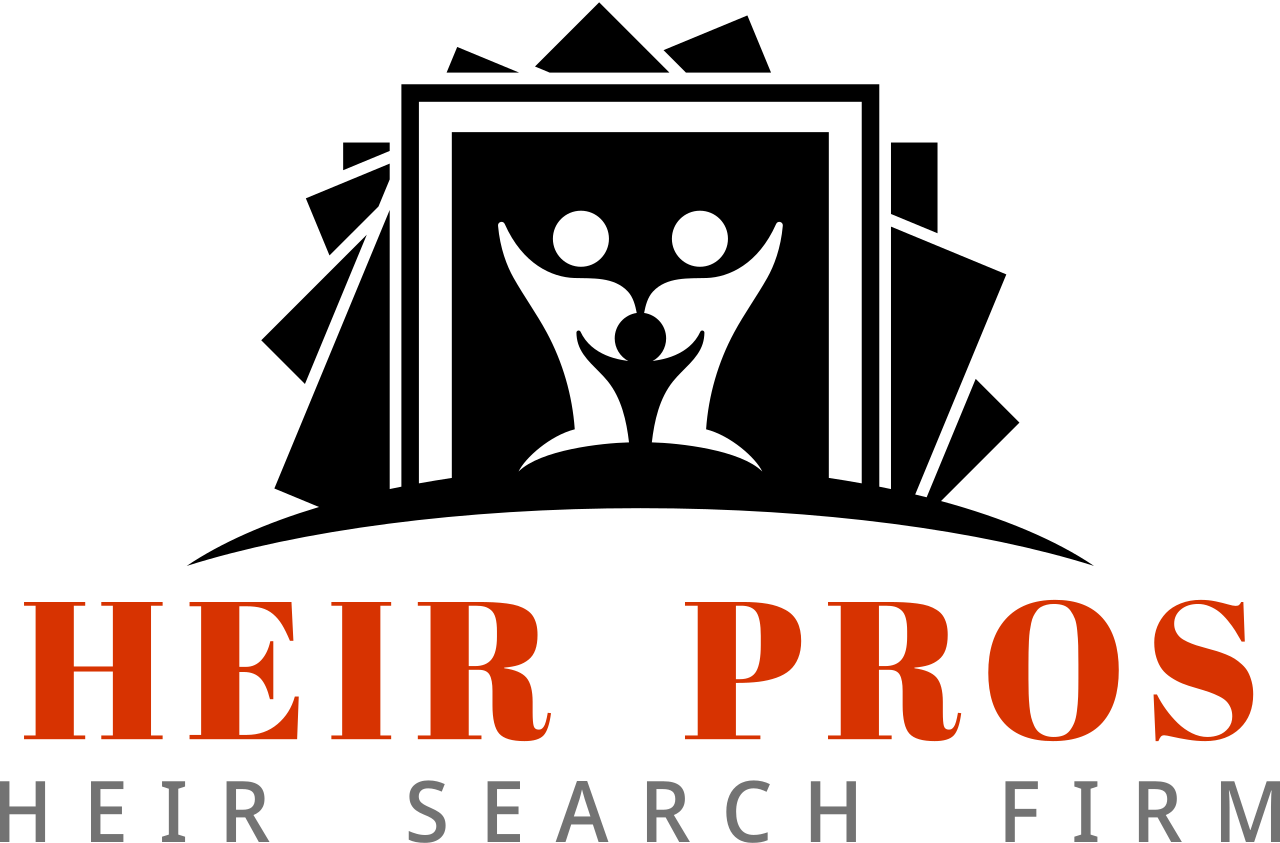Special research trips help genealogists gather contextual insights, firsthand evidence, visual elements, and additional recommendations for their reports. These trips allow access to unique records and interviews, enriching the narrative with local histories, visual aids, and geographical data, ultimately enhancing the credibility and depth of the genealogical research report.
Special research trips help genealogists collaborate contextual insights, incorporate firsthand evidence, add visual elements, strengthen the conclusion, and offer recommendations for further research in the report.
That trip to a local archive, cemetery, history society, or military archive provides a unique opportunity for the genealogist to access records, conduct interviews, and gain firsthand experience about the historical and cultural context that shaped the family’s lifestyle and environment.
Below are seven ways that a genealogist can write an effective research report, especially after a special research trip.
An Insightful Introduction
The introduction is one of the crucial elements of a genealogical research report as it provides background information, among other things. By outlining what was known prior to undertaking the research, the report brings the reader up to date, helping them understand why the researcher took certain directions.
A research trip to the family’s ancestral village allows the genealogist to gather context about the area’s historical, cultural, and geographical background, helping the genealogist better elaborate on the family’s origin.
Similarly, the genealogist may learn more about the economic conditions, historical events, and local customs that influence the family’s life and decisions. Detailing some of these details in the introduction might clearly explain why a family migrated at a given time.
Reliable Findings Section
The findings of the professional genealogical research report include crucial information such as the names and dates of birth, marriage, death, and more. The findings also elaborate on relationships across generations and individuals.
A special research trip to the archive provides access to original and yet-to-be-digitized documents. One crucial element in the Findings section is citation with full references for every piece of information provided, clarifying the record type, location, and archival reference numbers.
The genealogist can comfortably cite these primary sources, lending greater detail and credibility to the report. Detailed transcriptions and images of these documents serve as concrete evidence to substantiate the findings.
Similarly, noting the layout of a gravesite or the conditions of the records is crucial in the findings. For example, a researcher may notice that a grave is located in a section designated for ethnic, religious, or political leaders, offering insights into the ancestral background.
Enriching the Narrative with Anecdotes and Local Histories
A genealogical research report usually contains a narrative that not only breaks down the findings but contextualizes the family history. While researchers obtain much of the narrative insights from traditional research, a unique research trip may enrich this section.
For example, the genealogist may interview elder residents or local historians to learn about local histories. Their responses may provide insights, making the report more relatable and engaging.
Learning about significant historical events, such as wars, economic booms, or natural disasters that impacted the community can help the researcher better expound on the family’s experiences. For example, the researcher can better explain notable occurrences on the family tree.
Adding Visual Elements and Geographical Data
One significant activity during a particular research trip is to take photos of crucial documents and resources. Including images of landmarks, gravestones, or ancestral homes in the report better illustrates the report and brings it to life.
A family finding photos of a church where their ancestors married or their farmhouse upcountry can better create a connection with the past than just narratives. Besides, geographical information and maps gathered during the trip illustrating property boundaries, migration patterns, and other spatial relationships can help visualize ancestral life and evolution.
Providing a More Comprehensive Analysis
The genealogical research report also includes the Analysis and Interpretation section, where the genealogist provides evidence for the conclusion. In addition to the data analysis, this section interprets the significance of the findings and how they address the research objectives.
After special research trips, the genealogist can conduct a more thorough comparative analysis of what they observed and what they have already gathered through records and interviews. As a result, it becomes straightforward to reveal any discrepancies that prove or disprove the hypothesis.
For example, a genealogist who finds a record that contradicts earlier assumed dates can compare it with evidence from other records, such as family letters and census data, to reach an accurate conclusion.
Strengthened Conclusion with Confirmed Findings
The conclusion of a professional genealogical research report summarizes the key findings, highlighting the main points and implications. It helps the reader determine whether the objectives were met. If not, the conclusion should clearly explain why.
After special research trips, the genealogist can comfortably confirm or refute uncertain information previously included in the family tree. By summarizing these confirmed findings, the researcher strengthens the conclusion, providing a clear and concise summary of the family history.
For example, if the trips confirms the identity of an elusive relative in the family tree, the researcher can indicate this and supply the evidence gathered.
Offering Recommendations for Further Research
The conclusion section also includes recommendations for future research, which can provide the basis for a new plan if requested. Special research trips can also enhance this section based on the findings. Recommendations for future research help guide future endeavors based on the findings of the current report.
During the trip, the researcher may uncover leads about relatives living abroad or a new branch on the family tree. Consequently, they may recommend further research in the foreign country’s archive or expanding the family tree to cover more branches. Similarly, the genealogist may recommend the specific contacts and repositories identified during the trip that can help further the research.
Special Research Trips Enhance Genealogical Report Writing
Special research trips are valuable opportunities for genealogists to gain contextual insights, access unique records, and gather firsthand information crucial for an effective research report. Incorporating the observations in the report results in a detailed, accurate, and engaging document with a richer breakdown of the family heritage.
Therefore, research trips remain an essential tool in genealogical research, as the discoveries and experiences they yield can significantly improve the quality and depth of the research report.



